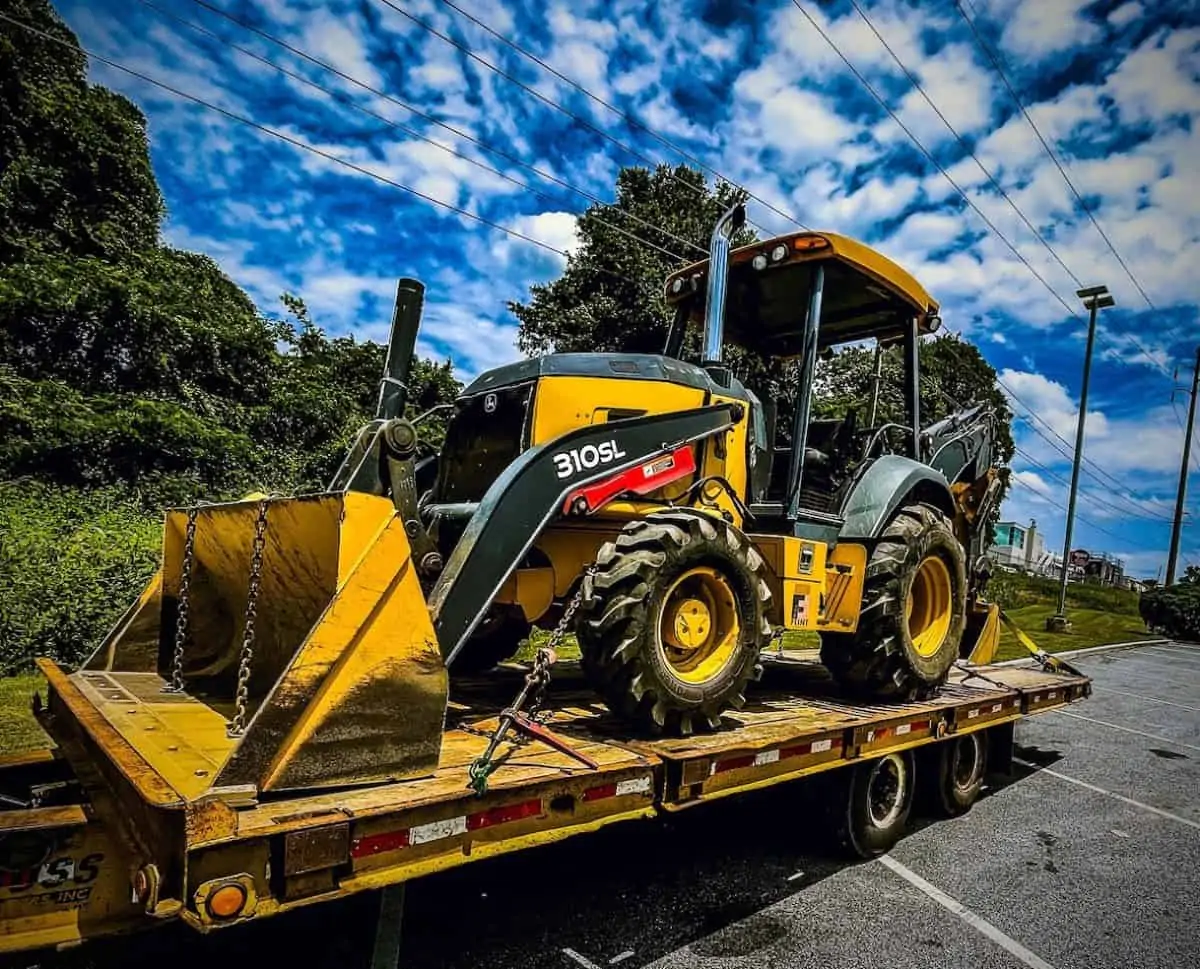In the construction industry, only 30% of projects are completed on schedule and within budget. As well as common problems such as labor shortages, bad weather, construction vehicles or last minute changes to plans, the majority of contractors cite poor site coordination as a major cause of delay.
Workers waste time waiting for materials or appropriate equipment, performing repetitive tasks and unloading late deliveries instead of focusing on using their skills to move the project along.
Through vehicle automation, digital collaborative network technology and more sustainable delivery processes, the transportation and management of construction equipment and materials both on site and on the road can be made more efficient.
Facilitating Maneuvers On Site
In order to improve productivity on site, an increasing number of construction companies are introducing autonomous equipment and vehicles such as bulldozers and skid loaders. These machines can safely perform repetitive and often dangerous tasks, giving skilled operators more time to concentrate on other more challenging jobs.
With the right equipment, contractors can save time and money by completing tasks more efficiently. Mud and snow can slow down a building project, but construction companies can buy skid loader tracks with tread to match the terrain of an individual site, helping workers to maneuver machinery quickly and easily in variable conditions.
Optimizing Deliveries To Urban Developments
Less than 50% of deliveries in the construction industry arrive on time at the right location. Delivering machinery, equipment and building supplies to urban developments can be particularly challenging due to congestion, poor accessibility and limited storage.
By designing a logistics system based on mathematical models and problem structuring methods, more productive and sustainable processes for delivery can be implemented. Good planning can help to limit unnecessary traffic on site and reduce arrivals of individual consignments interrupting construction work.
Productivity is improved, as workers spend less time waiting for deliveries and handling materials, and instead get on with more specialized construction tasks.
Managing The Movement Of Construction Materials
In order to improve delivery processes further, better coordination between producers of construction materials, building contractors and delivery drivers is essential. This can often be problematic, as up to 80% of drivers are self-employed and work independently.
Digital tools are increasingly employed in industry, and the introduction of a new phone app to digitize delivery workflows could help everyone involved in the transportation of materials to communicate more effectively. The app allows contractors and drivers to identify the best haul routes, track consignments, and coordinate deliveries.
These steps increase the overall efficiency of the movement of materials and minimize the amount of time and money wasted.
Some interruptions in the construction industry are caused by unavoidable issues. However, with better planning, enhanced by digital technology, delays caused by a lack of coordination in the transport and delivery of materials could be greatly improved.
This would lead to fewer delays on well-managed sites where appropriate equipment and automated vehicles also increase efficiency.

